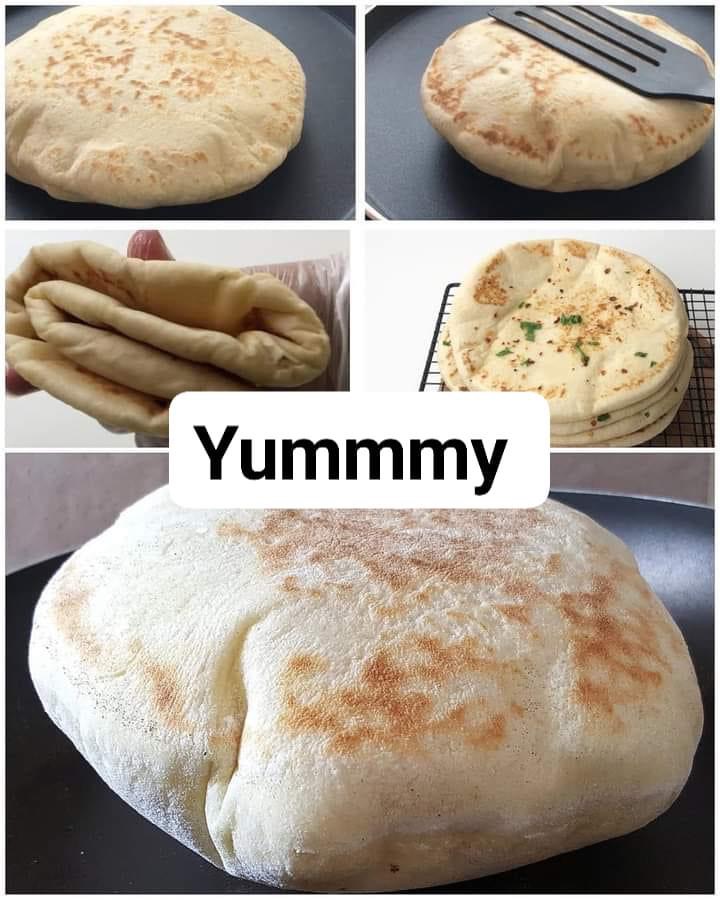Turkish Bread A Culinary and Cultural Journey

Introduction
Bread holds a sacred place in Turkish cuisine, much like in many other cultures around the world. In Turkey, bread isn’t just food; it’s a symbol of sustenance, hospitality, and tradition. This article delves into the rich history, diverse types, and traditional recipes of Turkish bread, highlighting its cultural and nutritional significance.
Historical Context
Bread has been a staple in the Anatolian region for thousands of years. Archaeological evidence suggests that ancient civilizations, including the Hittites and the Phrygians, were among the early bread makers in this region. The Seljuks and later the Ottomans continued this tradition, with each era contributing to the evolution of bread-making techniques and recipes.
Types of Turkish Bread
Turkey boasts a wide variety of breads, each with its unique taste, texture, and cultural significance. Here are some of the most popular types:
1. **Pide**: Often referred to as Turkish flatbread, pide is oval-shaped and commonly topped with a variety of ingredients such as cheese, minced meat, or vegetables. It’s especially popular during Ramadan.
2. **Simit**: This sesame-encrusted bread ring is a staple of Turkish street food. Simit is often enjoyed with tea for breakfast or as a snack throughout the day.
3. **Yufka**: A thin, unleavened flatbread that is commonly used in making börek (savory pastries). Yufka is similar to phyllo dough and is a staple in many Turkish households.
4. **Ekmek**: The general term for bread in Turkish, ekmek can come in various forms, but it usually refers to a simple, leavened white bread.
5. **Lavaş**: Soft and pliable, lavaş is often used as a wrap for kebabs. It’s similar to pita bread but thinner and larger.
### Traditional Recipes
#### Pide Recipe
**Ingredients:**
– 500g all-purpose flour
– 1 packet of dry yeast
– 1 teaspoon sugar
– 1 teaspoon salt
– 300ml warm water
– 3 tablespoons olive oil
– 1 egg yolk (for glazing)
– Toppings: cheese, minced meat, vegetables, etc.
**Instructions:**
1. In a bowl, mix the yeast, sugar, and warm water. Let it sit for about 10 minutes until frothy.
2. In a large mixing bowl, combine the flour and salt. Make a well in the center and pour in the yeast mixture and olive oil.
3. Knead the dough until it becomes smooth and elastic. Cover with a damp cloth and let it rise for about 1 hour or until doubled in size.
4. Preheat the oven to 220°C (428°F).
5. Divide the dough into smaller portions and roll each one into an oval shape.
6. Add your desired toppings.
7. Brush the edges with egg yolk for a golden finish.
8. Bake for 15-20 minutes or until golden brown.
#### Simit Recipe
**Ingredients:**
– 500g all-purpose flour
– 1 packet of dry yeast
– 1 tablespoon sugar
– 1 teaspoon salt
– 250ml warm water
– 100ml grape molasses
– 100ml water
– 200g sesame seeds
**Instructions:**
1. In a bowl, mix the yeast, sugar, and warm water. Let it sit for about 10 minutes until frothy.
2. In a large mixing bowl, combine the flour and salt. Make a well in the center and pour in the yeast mixture.
3. Knead the dough until it becomes smooth and elastic. Cover with a damp cloth and let it rise for about 1 hour or until doubled in size.
4. Preheat the oven to 200°C (392°F).
5. Divide the dough into smaller portions and roll each one into a long rope. Form a ring by pressing the ends together.
6. In a shallow bowl, mix the grape molasses with water. Dip each ring into the mixture and then roll in sesame seeds.
7. Place the rings on a baking sheet lined with parchment paper.
8. Bake for 15-20 minutes or until golden brown.
### Cultural Significance
Bread in Turkey is more than just a dietary staple; it plays a crucial role in social and religious practices. During Ramadan, pide is often baked and shared among neighbors and family members as a sign of goodwill. Simit vendors are a common sight on the streets of Turkish cities, symbolizing the everyday life and hustle of urban areas.
Bread is also central to Turkish hospitality. Guests are often welcomed with a spread that includes various types of bread, cheese, olives, and tea. This tradition underscores the importance of sharing and community in Turkish culture.
### Nutritional Benefits
Turkish bread, particularly those made with whole grains and seeds, offers numerous health benefits. They are rich in carbohydrates, providing essential energy for daily activities. Whole grain varieties contain dietary fiber, which aids in digestion and helps maintain healthy cholesterol levels. Sesame seeds in simit are a good source of healthy fats, protein, and essential minerals such as calcium and iron.
### Conclusion
Turkish bread, with its rich history, variety, and cultural significance, is an integral part of Turkish cuisine. Whether enjoyed as a simple breakfast or a hearty meal, these breads bring people together, celebrating the deep-rooted traditions and vibrant culinary heritage of Turkey. Exploring and making Turkish bread at home can be a delightful way to connect with this ancient and delicious aspect of Turkish culture.